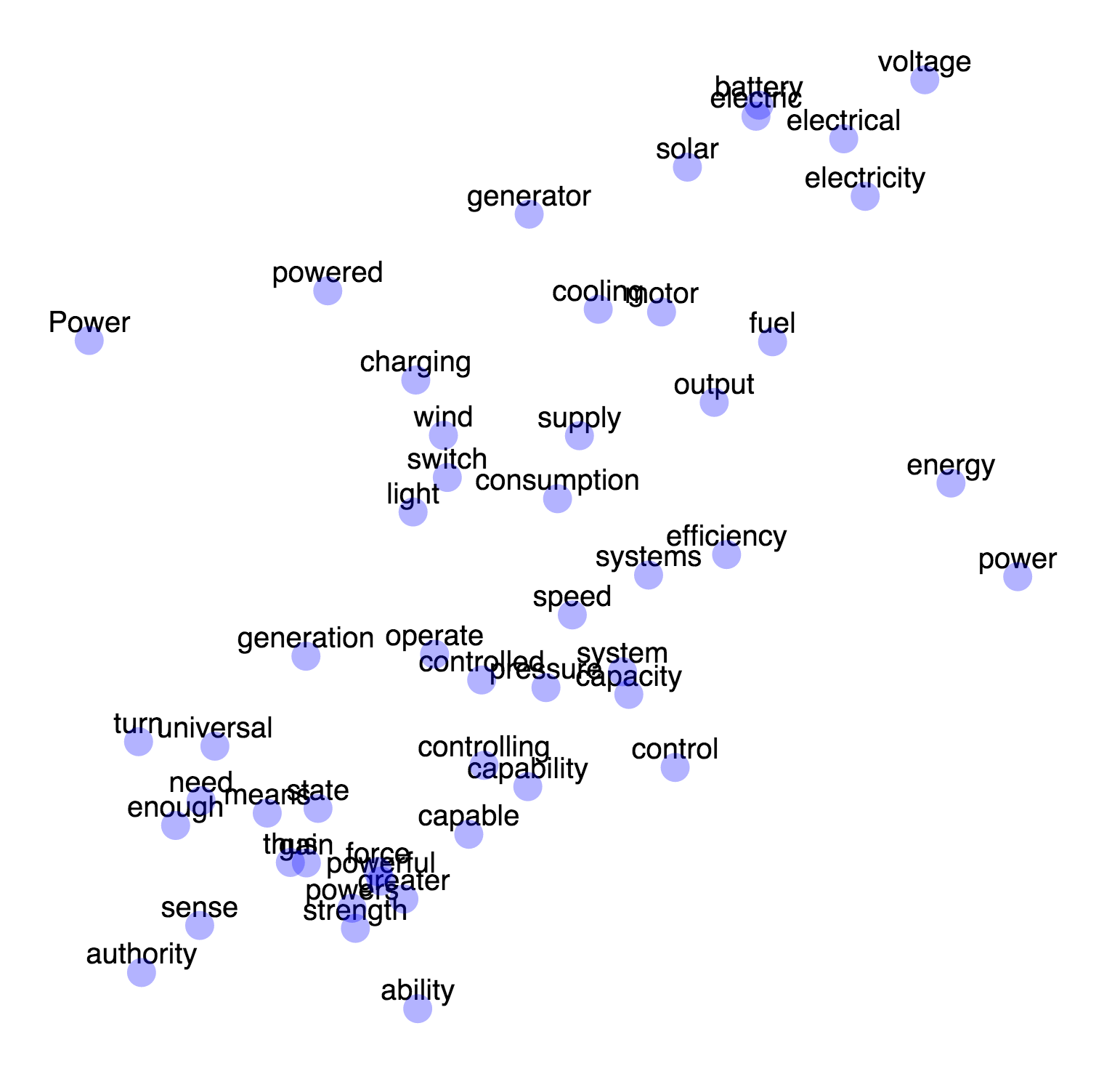Based on Daniel Varga's word2vec-web-visualization repository.
- git lfs
- python2
- virtualenv
git lfs clone https://github.com/dlt-rilmta/embedding-demo.git
cd embedding-demo
make setup
make run
After starting the server, please wait until the Service has started. logline appears.
Click the below link, and click on some blue circles:
You can start from any given word:
This is how it looks like, although without the fancy D3.js tweening:
There's an lp=1 argument which overrides the server-side global SVD projection feature.
Instead of working with a global 2D embedding created at startup (see --globalProjection),
we create a 2D embedding just for the neighboring words:
Behind the scenes, the Javascript (D3.js) frontend communicates with a service that takes words, and provides 2D coordinates for the words closest to the input word. This service can be directly inspected:
http://delight.prez.is:8080/glove/?q=cica&limit=5
->
{
"objects": [
[
"cica",
3.5561084652545678,
1.7004425480123986
],
[
"macska",
4.0474276933206355,
-0.17621523127759312
],
[
"kutyus",
3.7342534819952573,
2.7542156028602602
],
[
"eb",
4.5188699976906124,
-1.0474205146305975
],
[
"kutya",
5.9119959213781996,
-1.8412600319736365
]
]
}
The service needs word vectors to work. The input file format is simply whitespace-delimited, each line starting with a word and continuing with a real word embedding vector.
For convenience, I've assembled a few datasets, you can grab them from here:
# English dataset, 10k most frequent words, dimension 300.
wget ftp://ftp.mokk.bme.hu/User/daniel/glove/glove.840B.10k.300d.txt
# The same dataset with the 50k most frequent words.
wget ftp://ftp.mokk.bme.hu/User/daniel/glove/glove.840B.50k.300d.txt
# Same dataset, 250k words. This takes a significant amount of time to index.
wget ftp://ftp.mokk.bme.hu/User/daniel/glove/glove.840B.250k.300d.txt
# Hungarian dataset, 200k words, dimension 200.
wget ftp://ftp.mokk.bme.hu/User/daniel/glove/glove-hu.200k.200d.txt
The English datasets were directly based on the Glove datasets, like this:
wget http://www-nlp.stanford.edu/data/glove.42B.300d.txt.gz
The Hungarian dataset was created by Kata Gabor and David Takacs. Thanks a lot! The filename is my misnomer, the dataset was created using word2vec.
